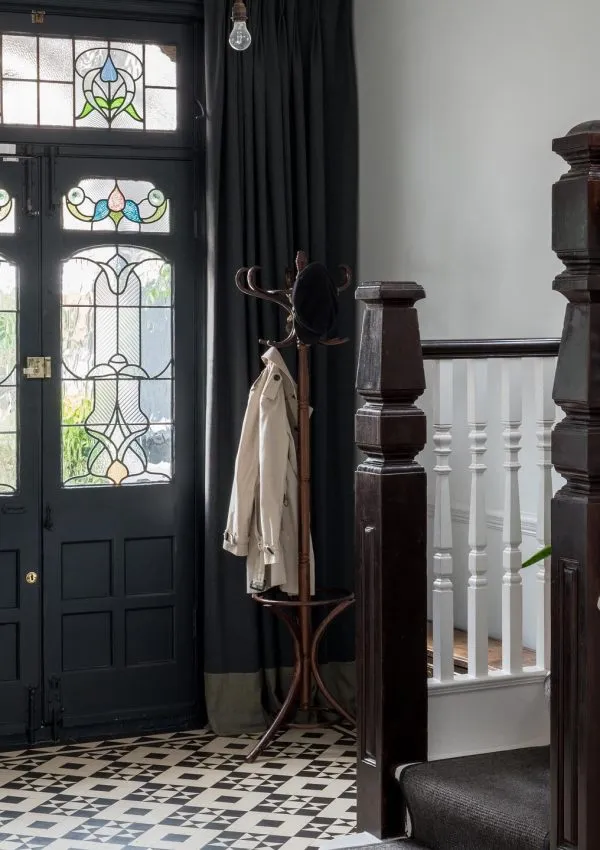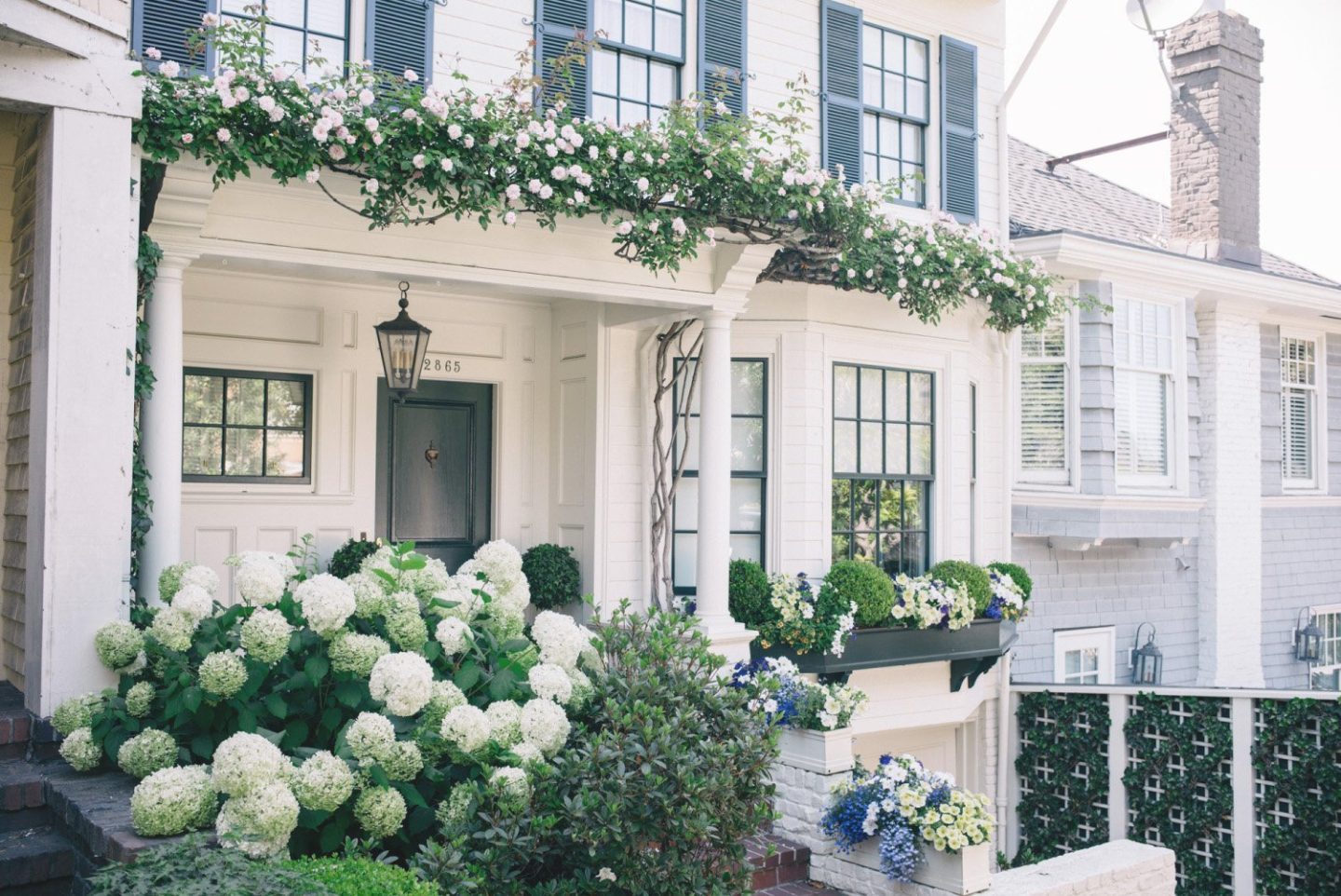We all know that adding the right accessories has the power to bring a room to life, and one of my favourite items are antique silver candlesticks. These elegant accessories can work well with both traditional and contemporary decor, and their intricate designs and gleaming finish are a great way to add a touch of sophistication to your space. Whether placed on a dining table for a formal dinner, or on a mantelpiece to create the ultimate cosy living room, silver candlesticks have the unique ability to adapt to various decor styles and occasions.
Over time, however, silver candlesticks can become tarnished and lose their lustre, hiding their true beauty. Restoring these treasures can be a rewarding project, allowing you to bring life back to these historical pieces. Here’s a comprehensive guide to help you through the process of restoring or refurbishing your antique silver candlesticks.

Step 1: Assess the Condition
Before diving into restoration, closely examine your candlesticks for any signs of damage, such as dents and scratches. Understanding the extent of wear and damage will help you determine the appropriate restoration process. If there are any severe damages, consider consulting a professional restorer for those specific issues.
Step 2: Gather Your Materials
You’ll need a few tools and materials for the restoration process:
- Cotton gloves to prevent further tarnishing from oils in your skin.
- A soft, non-abrasive cloth for polishing.
- Mild dish soap and warm water.
- Silver polish suitable for antique silver.
- A soft-bristle brush, like a toothbrush, for intricate details.
- A clean, soft towel for drying.
Step 3: Clean the Surface
Start by gently cleaning the candlesticks to remove any surface dirt or grime. Mix a small amount of mild dish soap with warm water. Using a soft cloth, lightly wipe the surface of the silver, being careful not to scrub too hard. For detailed areas, use the soft-bristle brush to gently loosen dirt. Rinse the candlesticks with clean water and dry thoroughly with a soft towel.
Step 4: Polish the Silver
Now it’s time to apply the silver polish. Gently rub the polish onto the silver in a circular motion. Work on a small area at a time, allowing the polish to reach every detail of the candlestick. For intricate patterns and engravings, use a soft-bristle brush to apply the polish, ensuring it gets into all the nooks and crannies.
After applying the polish, let it sit for a few minutes (or as recommended by the polish manufacturer) until it starts to haze. Then, use a clean, soft cloth to buff the silver, removing the polish residue. Buffing not only cleans off the polish but it will also give your antique candle holders a brilliant shine. Use a gentle, circular motion, similar to the application process.
For areas that are difficult to reach with a cloth, use the soft-bristle brush gently to buff out the polish. Be careful not to scrub too hard to avoid scratching the silver.
Finally, inspect the candlestick for any missed spots or remaining polish residue. Use a clean section of the cloth or a fresh cloth to touch up as needed. Your silver should now have a renewed lustre and shine.
Step 5: Address Any Dents and Scratches
Removing dents and scratches from antique silver candlesticks requires a delicate balance between restoration and preservation. It’s crucial to approach this task with caution to avoid causing further damage to the item. Here are some methods and tips for addressing dents and scratches:
Minor Scratches
Light scratches can often be minimized or removed through careful polishing. Use a high-quality silver polish and a soft cloth, applying the polish in a gentle, circular motion. Over time, repeated light polishing can reduce the appearance of scratches.
For deeper scratches that cannot be removed through polishing, it might be best to consult a professional. They can evaluate whether it’s possible to buff out the scratches without compromising the integrity or value of the antique.
Dents
For small, accessible dents, one method involves carefully heating the area with a hair dryer (not too hot) to expand the metal slightly, then applying gentle pressure from the inside to push the dent out. This method requires patience and a very gentle touch.
Larger or more complicated dents should always be addressed by professionals. Silversmiths have the tools and expertise to remove dents without damaging the silver. They can work from the inside of the candlestick to meticulously push out the dents, preserving the item’s structural integrity and appearance.
Step 6: Prevent Future Tarnish
To slow down the tarnishing process, store your candlesticks in a dry, cool place. Avoid exposure to humidity and substances that can accelerate tarnishing, such as salt and sulphur compounds. You can also use anti-tarnish strips or cloths when storing them.
Cautionary Advice
- Always wear cotton gloves when handling antique silver to prevent tarnishing.
- Avoid using abrasive materials or harsh chemicals, as these can damage the silver.
- Test any polish or cleaner on a small, inconspicuous area first to ensure it doesn’t harm the silver.
- Be mindful of the candlestick’s structural integrity; don’t apply too much pressure during the cleaning or polishing process.
Tips for Success:
- Gentle Handling: Antique silver can be delicate. Apply polish gently to avoid bending or damaging fragile parts.
- Regular Maintenance: Regularly dusting and lightly polishing your silver candlesticks can prevent heavy tarnish buildup, making future cleaning efforts easier.
- Protective Storage: After polishing, consider storing your silver in a tarnish-preventive bag or with anti-tarnish strips to keep it shining longer.
By following these steps and taking the necessary precautions, you can bring back the original splendour of these timeless pieces, ensuring they continue to shine and impress for many more years to come.






Leave a Reply